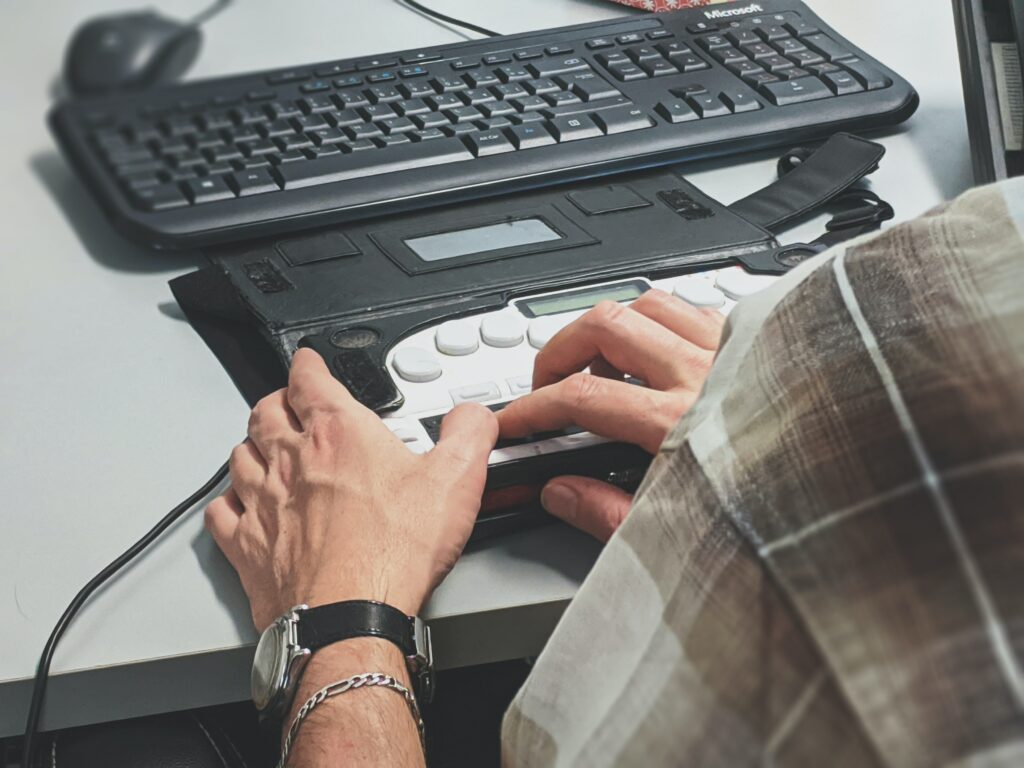Digital accessibility: The ability of all forms of digital content to be used and understood by a wide range of users, including those who have visual, auditory, motor or cognitive disabilities
ACCESSIBILITY AND TECHNOLOGY
Thoughts 💭 and Prompts ✏️
How much did you know about digital accessibility prior to this week? Was this ever a topic you considered previously?
Although I did not know a ton about digital accessibility before this week of learning, it was something I had thought of previously. During my competitive riding days, there was another rider at our barn who was hearing impaired. Her, and our coach, used a microphone and ear piece tool that allowed her to speak directly to the student, who would not be able to hear her yelling out as she rode around (like the rest of us could/would). It was the first time I had seen technology like this and it was interesting to see it integrated to an aspect of my daily life. During this week of class, it has been interesting to then learn how it can be integrated into the classroom.
Why do you think many digital accessibility practices aren’t more well-known or commonly used?
I think this is where accessibility and technology really mix… and clash. A lot of people (me included) have been intimidated or turned off of things based off of a level of technology that they are not comfortable with. As this is something that is new to many of us, it will require people to step out of their comfort zones in order to use these digital accessibility practices. I think for many newer teachers, this is an easier task as we are learning about these practices through our studies to become teachers. However, for teachers who are more ‘set in their ways’ I could see it being more difficult to change and adapt practices.
